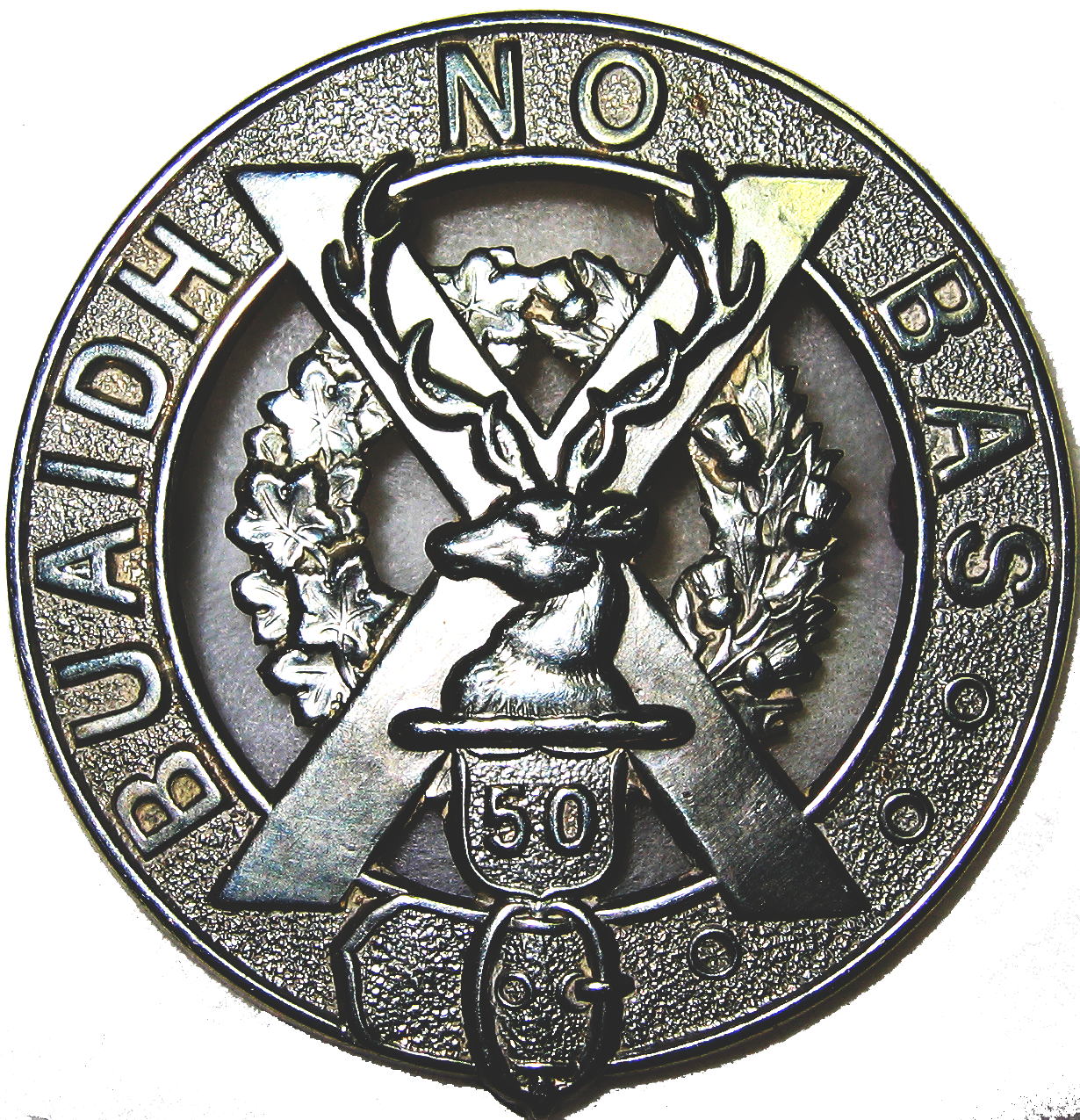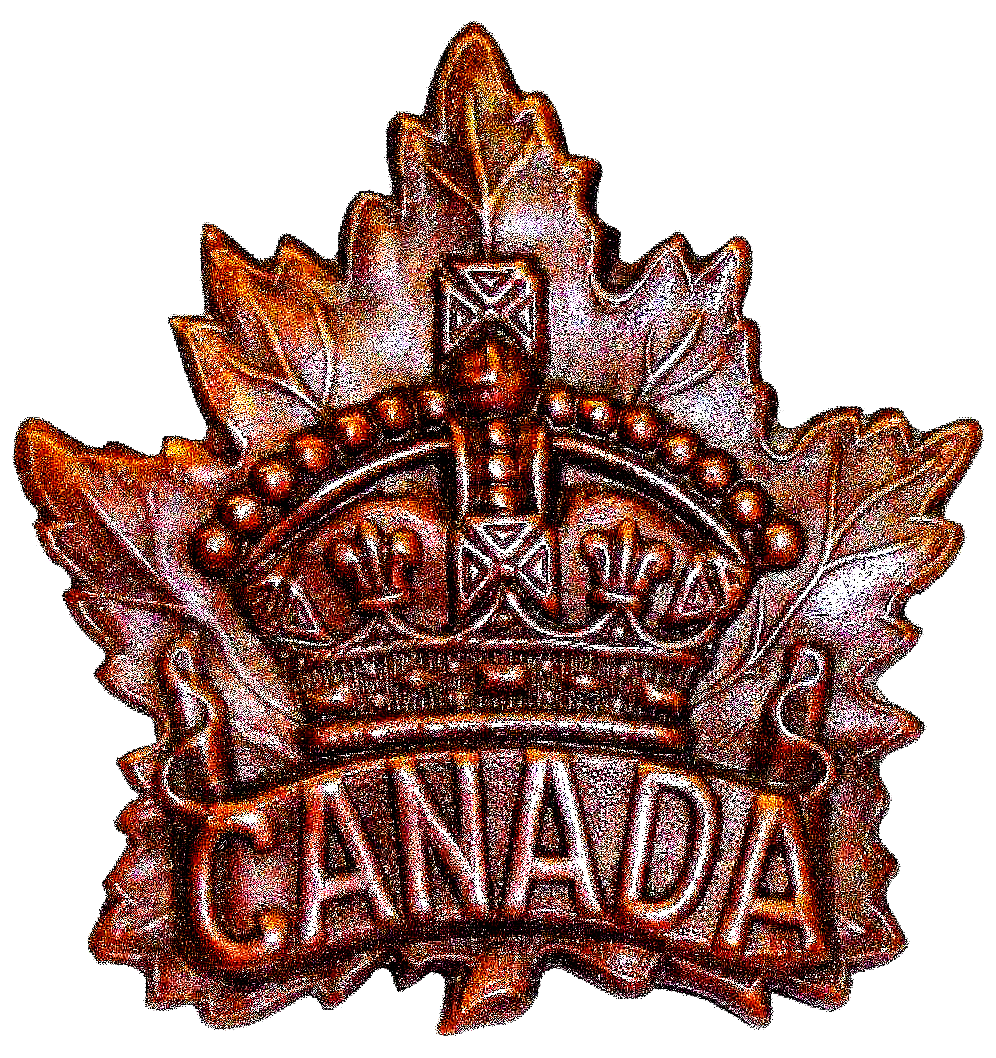 |
 OPCMHVisitor No.: |
HISTORY OF WORK POINT BARRACKSby Jack BatesPART 1 — 1842 to 18861871Condition of British Columbia joining Confederation: 16th of May, 1871 CONSTITUTIONAL DOCUMENTS OF CANADA 5/ Canada will assume and defray the charges for the following services:
General Orders (24) Headquarters Ottawa, 20th October, 1871 An appropriation having been sanctioned by parliament for the pay, maintenance and equipment of two batteries of Garrison Artillery, in order to provide for the care and protection of the Forts, Magazines, Armament, and Warlike Stores, recently or about to be handed over to the Dominion Government in the provinces of Ontario and Quebec, the formation of these batteries is hereby authorized. THE CANADA GAZETTE Militia General Orders - October 21, 1871 It is hereby ordered that the Province of Manitoba be henceforth called and known as Military District Number ten, and that the Province of British Columbia be henceforth called and known as Military District Number eleven. The Colonist THE CANADIAN REGIMENT History of the Formation of “A,” “B” and “C” Batteries of Artillery The Present Strength of the Regiment The presence of “C” Battery in Victoria naturally creates an interest in this portion of the permanent artillery forces of the Dominion, and a short sketch of the regiment, of which the battery forms a part, will no doubt prove interesting to the readers of the Colonist. An enquiry has been made by a representative, and this morning the following information gleaned, is presented: The regiment of Canadian Artillery was formed by general order of the 10th August, 1883, under the authority of an act of parliament “passed that year, authorizing the raising and maintaining by Canada of a permanent military force, and taking in “A” and “B” batteries as the nucleus. These corps were organized in 1871 for purposes which are best explained by quoting the words of the general order under which they were enrolled: HEADQUARTERS, Ottawa, October 20th, 1871. General Orders (-) No. 1 – Batteries of Garrison Artillery – An appropriation having been sanctioned by Parliament for the pay, maintenance and equipment of two Batteries of Garrison Artillery, in order to provide for the care and protection of the forts, magazines, armament and warlike stores, recently, or about to be, handed over to the Dominion Government, in the Provinces of Ontario and Quebec, the formation of these batteries is hereby authorized. No. 2 – It is further intended that these batteries , in addition to performing garrison duties, shall serve as practical Schools of Gunnery for the training of all ranks of the militia artillery, viz: by instructing gunners and drivers, and affording officers and non-commissioned officers opportunities of joining long or short courses of instruction, as may best suit them individually. Then follows the establishment of each battery in officers, men and horses, the batteries thus formed being designated “A” and “B,” and being stationed at Kingston and Quebec respectively. The total strength of the two batteries at that date was:
In 1883, as before stated, the act of parliament authorized another battery to be called “C,” to be raised, and by the general order of the 10th August, 1883, it was ordered to be stationed at Victoria. Our readers are generally aware of the fact that delays, which at last became monotonous, occurred in the formation of this corps, until at last this was ended by the formation of the battery by drafts from “A” and “B,” and its arrival on this station on the 10th November last. The total strength of the regiment now is as follows:
“A” and “B” batteries are provided with draft horses for one division of two field guns, each 9 pounders, R.M.L., and “C” being at present intended for garrison duty solely, has none, but it is hoped that it will also be provided with them ere long. Under the present system batteries change their station every five years, so that we may in the future look forward to seeing the other batteries of the regiment with us in their turn. The older batteries of the regiment saw considerable service during the Northwest campaign of 1885. That portion of “A” Battery which was under the command of Captain (now Major) Peters, experienced especially severe work, having, at its first engagement at Fish Creek, lost out of eighty men engaged, about twenty men killed and wounded. Many of the officers and men now forming “C” Battery are in possession of the medal and clasp awarded by Her Majesty for that campaign. The following is the exact establishment in officers and men of “C” Battery:
Provision is made for ten officers and twenty non-commissioned officers and men to be attached from the active militia for instruction, making the total strength 137 of all ranks. A short sketch of the officers of “C” Battery may not be out of place in an article like this, especially as we are likely to have this corps with us for several years – report says until 1893. Lt. Col. Holmes joined “A” Battery as senior subaltern in October 1871, having previously served as an officer in the militia since 1865. He took part in the operations during the Fenian raid of 1866 and 1870 on the Niagara frontier. He was adjutant of “A” Battery from 1872 until his promotion to the command of “C” Battery in 1882. He was promoted Lt. Col. In 1883. He is a native of Upper Canada (now Ontario). I January, 1878, he obtained the prize awarded by the Dominion Artillery Association for the best essay on an artillery subject. Major Peters took part in the Red River expedition of 1873. He joined “A” Battery as subaltern in 1873 and commanded the contingent from “A” Battery during the Northwest rebellion of 1885, being present at the action of “Fish Creek” and fighting ending with the capture of Batoche. He also accompanied Gen. Middleton in his pursuit northward after the Indian Chief “Big Bear.” He was favourably mentioned in the despatches and was awarded the medal and clasp. Major Peters is a native of New Brunswick. Captain Benson is a graduate of the Royal Military College at Kingston, which was founded in 1875. He joined the regiment in 1883. Is a native of Upper Canada. Lieut. Ogilvie is a graduate of the Royal Military College in Kingston, and was appointed to the regiment in 1885. He served during the Northwest rebellion of 1885, and was present at Fish Creek and Batoche. Possesses this medal with clasp. He is a native of Upper Canada. Surgeon Duncan served during the Northwest rebellion of 1885, and has the medal with clasp. He was appointed to the regiment in 1887. Is a native of Ontario. Captain White served in “B” Battery in 1872-1873, and was appointed quartermaster in 1887. He is a native of Quebec. 1872Military activity was expedited, arms, equipment and uniforms were ordered from England and the Adjutant General, Col. Robertson Ross visited the province in November to discuss defences and appointed a Deputy Adjutant General for the district. 1873The possibility of a Fenian invasion of Victoria brought defence oriented persons to the front and upon the December 2, 1873 disbanding of the Victoria Rifle Volunteer Corps, 44 of the remaining men were recruited for the first of two new militia companies for Victoria. This was the first duty for the Deputy Adjutant General C.F. Houghton, of the new Military District #11. A second company was formed on December 19 consisting of 50 men. |
||||||||||||||||||||||||||||||||||||||||||||||||||||||||||
